In this article we introduce two new patterns for exploring and playing with conceptual structures. We will show how these facilitate innovation, and how they shed light on business model innovations that you can transfer to other products, services, sectors and industries
Appropriate Doubt (part one)
Fluid Thinking (part two)
Welcome back to fluid thinking. Did you try solving the bridge problem at the end of Part 1? In this article we will be looking at the type of thinking that leads to an ideal but less obvious solution, and seeing how the same thinking can be used to explore and exploit business model innovations.
The Right Words Matter
We have always argued the right words matter. The new cognitive science of how language works now reinforces the importance of paying attention to language in its effects. Something that urgently needs to be done in relation to COVID-19. ‘Social Distancing’ and ‘Lockdown’ being two examples of language that has affected people in ways unanticipated by their authors and more than unhelpful for their audience.
Fluid Thinking (part one)
Innovations are often obvious in retrospect, leaving us thinking, if only I had thought of that. There are the complex discoveries of science, but there are those that are staring us right in the face, or so it seems once they have been revealed. There are those that have scaled and we are all aware of, like cats eyes, Ikea and Airbnb; and some you may not have been aware of that have left their innovators very wealthy, such as the four compartment frying pan and the upgrade to the cable tie - the rapstrap. Like post-it notes, the cable tie inventor made their employer very happy. Did you also know the tea bag was an accidental invention, it resulted from tea samples being sent in small silk pouches. What if you could see such innovation in prospect rather than retrospect?









